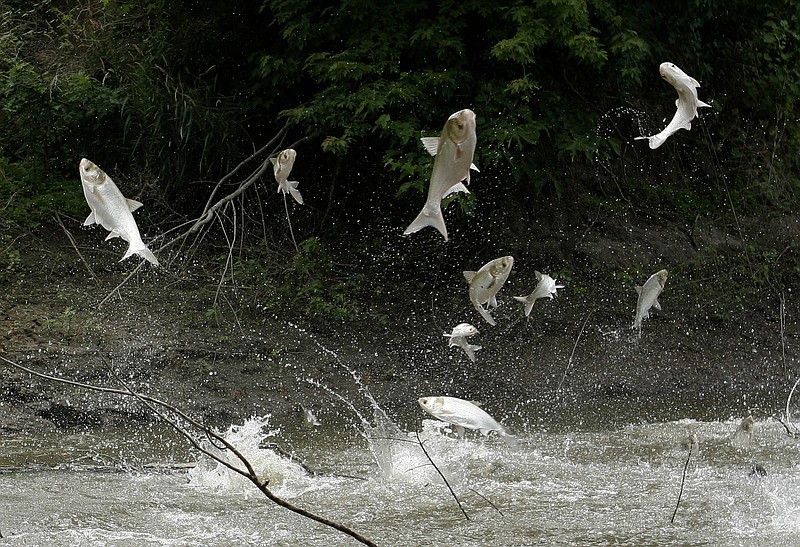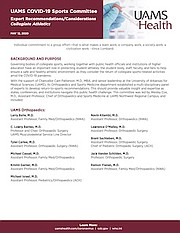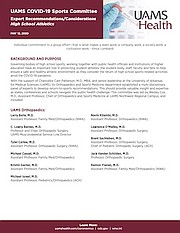The Watts Bar Ecology and Fishery Council has issued a report on the Asian carp threat to the upper Tennessee and Cumberland river basins calling for the state to adopt its plan of action, which includes temporarily closing the lock at Watts Bar Dam.
The 26-page report by fisheries biologist and Watts Bar Ecology and Fisheries Council chairperson Timothy Joseph frames its goals around those of the U.S. Fish and Wildlife Service regarding the invasive species with localized ideas for prevention, control and funding.
If adopted, the plan issued last week "would prevent a more than $1 billion annual economic loss to the Upper Tennessee River Basin and prevent ecological devastation," Joseph wrote in a letter to Tennessee Gov. Bill Lee.
"It is my hope that after reading this report, you as governor along with the [Asian Carp Advisory] Commission, see the opportunity to earn a legacy beyond measure - saving the Upper Tennessee River Basin of four magnificent lakes - Watts Bar, Melton Hill, Fort Loudon and Tellico Lakes - from ecological and economic devastation," Joseph states in the letter.
Joseph contends efforts so far have failed, leaving behind a dire picture of the future.
"These lakes will follow the same path of devastation that has occurred at The Land Between the Lakes if the silver carp are not stopped," he said. "There is no doubt about that whatsoever. It will take place."
But while Joseph and the council want to throw down an Asian carp blockade at Watts Bar, Tennessee's fisheries chief said the effort must have interstate partners to take the battle farther downstream where reproducing populations are not established.
Advisory commission chairperson state Sen. Mike Bell, R-Riceville, was in meetings Friday and couldn't be reached for comment on the report.
There are four species of Asian carp that include black, grass, silver and bighead, all brought to the U.S. in the 1960s and 1970s. Of those species, the silver and bighead are most concerning in the Tennessee Valley. Silver carp, some weighing as much as 60 pounds, leap from the water posing a danger to boaters and skiers.
Barriers and the lock
Joseph contends that two essential actions are necessary to stop the carp movement into Asian carp-free waters, and the best place to stop them is at the Watts Bar lock.
The method of choice is a combination of a bioacoustic barrier and an electric barrier, he said. The bioacoustic barrier, somewhat less effective and less expensive than its carp-zapping counterpart, would be installed first and could be in place in eight to 10 months.
The electric barrier, more expensive but very effective, can be operational in four to five years, and if the real goal is to stop carp from migrating upstream, Joseph said the only way is an electric barrier on the lock.
According to an estimate from barrier maker Smith and Root included in the council's report, an electric barrier on the lock at Watts Bar Dam would cost from $50-75 million. A bioacoustic barrier, estimated at between $5 million and $7 million, would be installed in front of the electric barrier.
"Closure of the Watts Bar Lock will have a temporary negative impact on the river transportation industry and recreational boaters. At the same time, it will have a positive impact on rail and truck transportation," Joseph's report states. The potential long-term financial impact of a carp invasion far outpaces losses involved in closing the lock to build the electric barrier, he said.
Negative impacts will "last only while the lock is closed," Joseph's report states. A few million dollars in related annual losses are easily balanced by more than $1 billion in ongoing annual losses from the carp invasion, making the solution "clearly an acceptable temporary impact."
Some of Joseph's funding ideas include a $200-per-year invasive species tax on waterfront property owners on the four lakes. Other ideas include a variety of taxes aimed at lake users, boaters and anglers, and fees for fishing tournaments, water usage and a possible gas tax, the report states.
State won't bite
The mechanisms for battling carp are much the same for the council and state officials, but Frank Fiss, Tennessee chief of fisheries, said the state and its partners aren't likely to reel in the council's plan.
The TWRA's view is much broader than a single lock, and Fiss doubts any method of stopping movement of the fish is permanently foolproof, even electric barriers. The problem calls for a big-picture solution, he said.
"TWRA's been working with other management authorities in other states that share the same problem with carp in the Mississippi basin, Tennessee basin and the Cumberland basin," Fiss said. "Those are the groups we do our planning and research with and that group is what we're basing our decisions on."
He said the collaboration has been going on for years and all carp opponents, including the Watts Bar council, really have the same goals in mind. Federal agencies, Tennessee and its neighboring states have been collecting information on the carp problem for the past decade, he said.
HELP TWRA COLLECT CARP
If you catch a small Asian carp - nine inches or less - anywhere in Tennessee other than the Mississippi River, or if you catch any Asian carp in East Tennessee or other water where Asian carp are not known to be established, the agency is asking that you put it on ice or freeze it and contact them immediately. If you are unable to keep the fish, the TWRA asks you to submit photos of the fish in hand and send it to them. You can contact the nearest TWRA office by phone here, or by email at ans.twra@tn.gov.
Data collected over those years just won't support drawing a line at Watts Bar, he said. The fish have been reported in Nickajack and Chickamauga lakes in recent years, but there have been no reports of reproduction.
"Protecting Watts Bar and the lakes above it is certainly part of our plan, but we are not so focused," Fiss said. "There is a lot of work that can and needs to be done well downstream of Watts Bar Lake."
He said he understands the council's position.
"That's their backyard, I get it," Fiss said. But TWRA "is worried about the entire river and to forego an opportunity to protect Nickajack and Chickamauga at the same time is to me not supported by the data."
"It is not too late to protect Wilson, Wheeler, Guntersville, Nickajack and Chickamauga lakes," he said. "We have a plan that we're working on that requests funding for multiple barriers."
Funding, always a challenge, should come through Congress, not state taxpayers or residents, because the Asian carp invasion is a regional problem, Fiss said.
Sometime in the future, TWRA and its partners plan to provide comment on "where and what kinds of barriers should be placed in the valley," Fiss said. Those comments will probably coincide with TVA's release of an environmental assessment on the issue.
Contact Ben Benton at bbenton@timesfreepress.com or 423-757-6569. Follow him on Twitter @BenBenton or at www.facebook.com/benbenton1.


